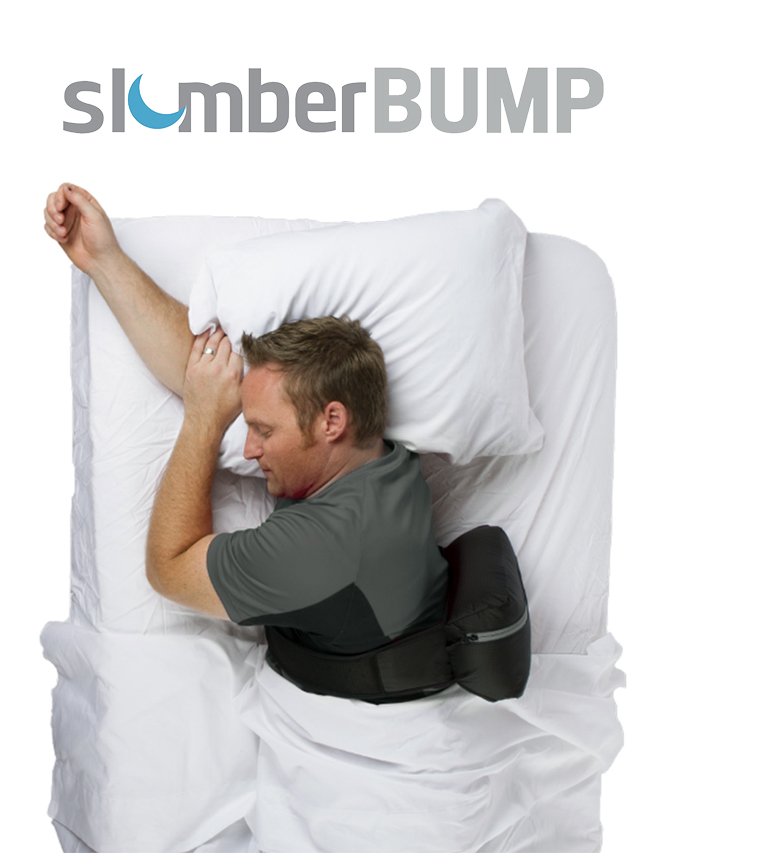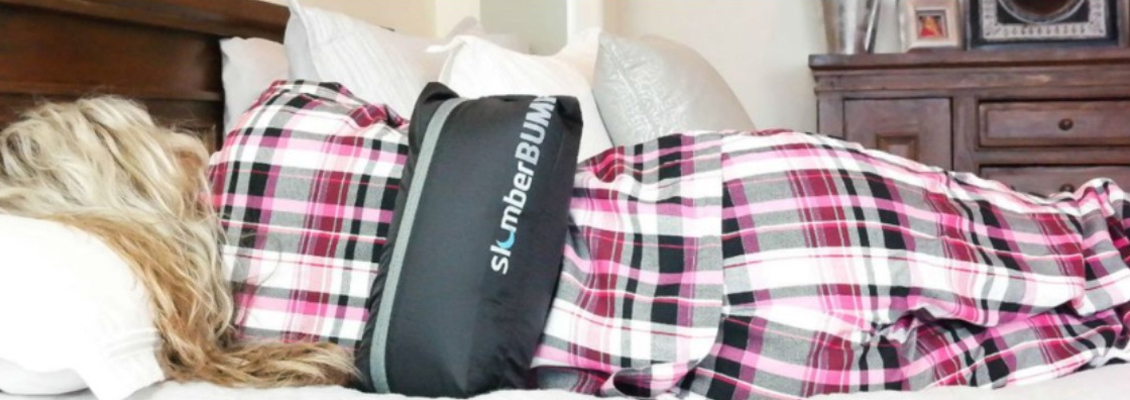Oct, 28, 2020
Telemedicine, Positional Therapy, and CPAP Ventilator Conversions
By Marie Macfarlane
Telemedicine, Positional Therapy, and CPAP Ventilator Conversions
A dozen days after the White House took the extraordinary step of declaring a national emergency,
medical professionals are still dissecting what it all means to day-to-day operations. Easing regulations is
one way that dentists and physicians who practice sleep medicine can continue to address the serious
consequences of sleep apnea.
For example, throughout the duration of the public health emergency declared in response to the
COVID19 outbreak, the Health Insurance Portability and Accountability Act (HIPAA) has undergone some
key changes. One main provision is the federal government’s immediate suspension of “HIPAA
enforcement and penalties to facilitate the use of telehealth for health care services in both the
Medicare and Medicaid programs.”
With HIPAA regulations eased, clinicians may choose to recommend positional sleep therapy options
such as the slumberBUMP during telemedicine visits. Positional sleep therapy options are more attractive
than ever considering there are no prescriptions involved, as well as the fact that CPAP machines may
well be pressed into action as pseudo ventilators in the fight against COVID-19.
As reported by the New York Times, there are “roughly 175,000 ventilators in all American hospitals and
the national stockpile are expected to be far fewer than are needed to handle a surge of patients
desperate for breath.”
How does that involve CPAP machines? NY Times writer Donald G. McNeil, Jr writes: “Inventors
have proposed combining C-PAP machines, which many apnea sufferers own, and oxygen tanks to
improvise a ventilator.”
An additional report from durable medical equipment trade organization VGM confirms that, “New
temporary guidance from the FDA allows hospitals to re-purpose existing products such as CPAP devices
as ventilators in an effort to meet major shortages in the United States during the coronavirus outbreak.
The guidance allows hospitals and manufacturers to make certain modifications to existing devices, or to
production lines, to create more respiratory devices.”



